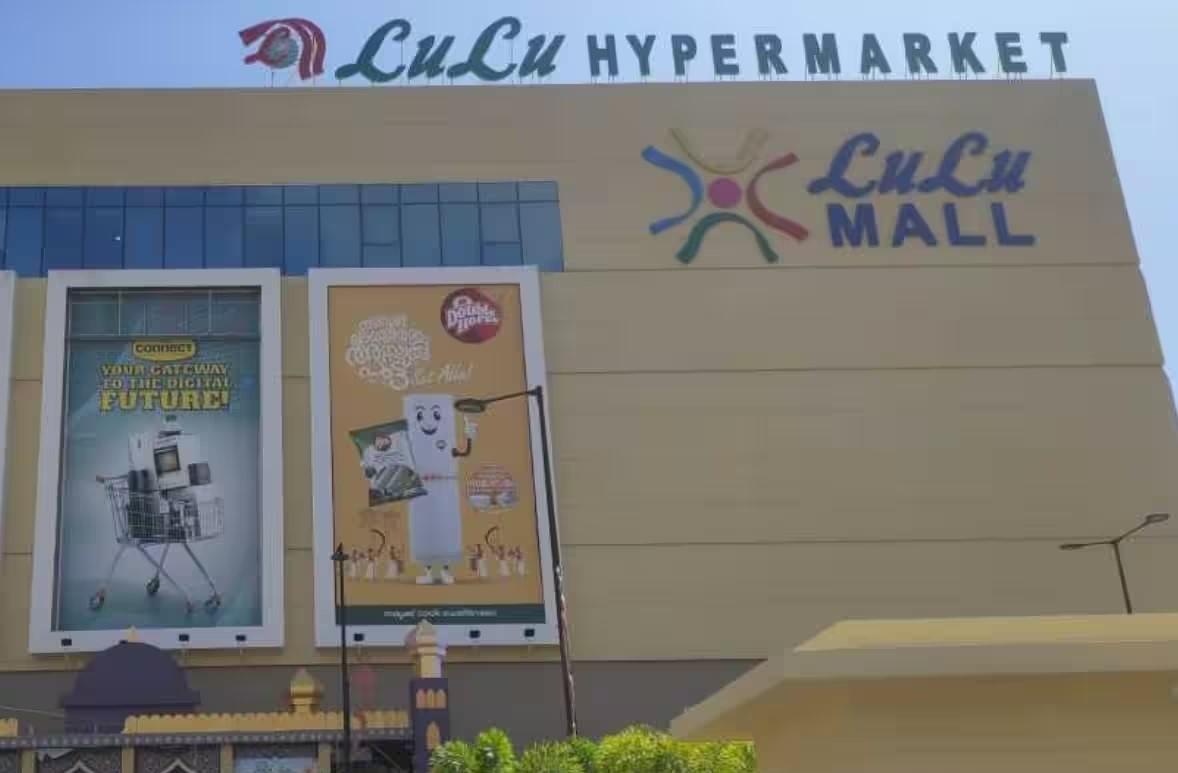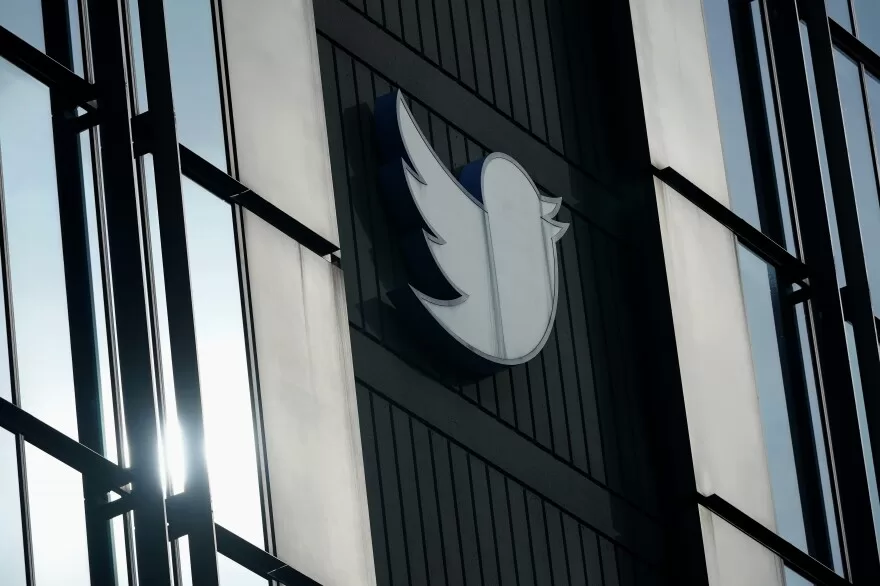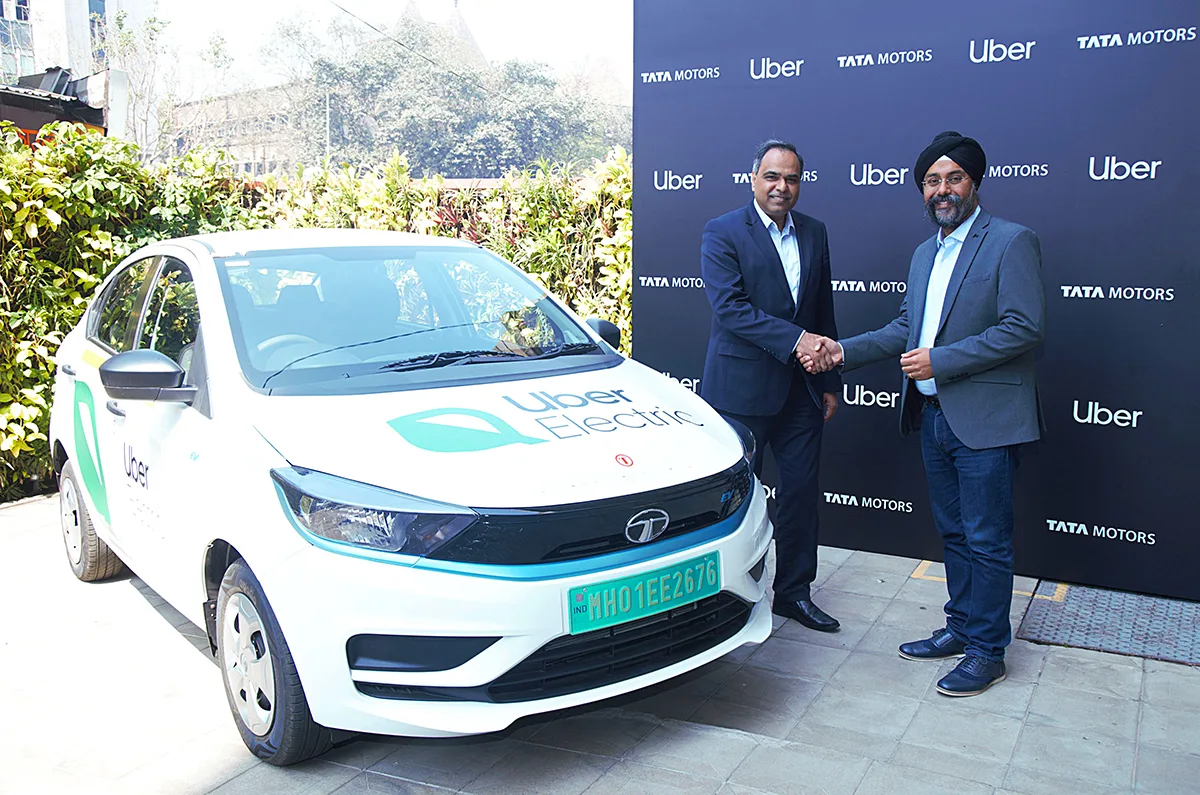
According to OpenAI, the new model will generate less factually wrong responses. In fact, the business asserts that GPT-4 outperforms humans on numerous benchmark test.
The most recent release of OpenAI’s large language model, GPT4, which powers popular app like ChatGPT and the new Bing, has been annouced. The San Francisco- based research group says GPT-4 is more complex than the pervious version and has been trained on more data, making it also expensive to run.
The model, according to the business, “can tackle challenging issues with better accuracy” and is more creative and collaborative than ever before. “In assignments involving creative and technical writing, GPT-4 can generate revise, and iterate with users. The new model can react to both text and graphics.
Our best-ever findings (though far from perfect) on factuality, steerability, and refusing to go beyond of guardrail were obtained after six months of iterative alignment work in GPT-4, according to the business in a research blog post.
GPT-4 may produce analyses, classification, and captions. Additionally, it can handle 25,000 words of text, allowing for prolonged chats, content creation, and document search and analysis.

For instance, according to OpenAI, GPT-4 scored at the 90th percentile on a mock bar exam, the 93rd percentile on a SAT reading test, and the 89th percentile on SAT math test, The corporation is aware of GPT-4’s drawback such as “Social biases,” “hallucinations,” and “adversarial cues,” though.
The mode “may have numerous biases in its outputs- we have made work on these but there is still more to do,” the business wrote in a blog.
It’s a bit of a stretch, but’s a good start. The distinction between GPT-3.5 and GPT-4 can be difficult to make in informal speech. When the task’s complexity reached a certain level, GPT-4 distinguishes itself from GPT-3.5 by being more dependable, inventive and capable of handling far more nuanced instructions, according to blog post by OpenAI.
The Redmond behemoth, which has poured billions of dollars into the business, claimed that OpenAI used Microsoft Azure to train the model. The well-known chatbot ChatGPT and Microsoft’s Bing AI conversation are both powered by OpenAI’s GPT model. Microsoft recently acknowledged the usage of GPT-4 in the new Bing AI chatbot following months of rumours.




















































































































































































































































































































































































































































































































































































































































































































































































